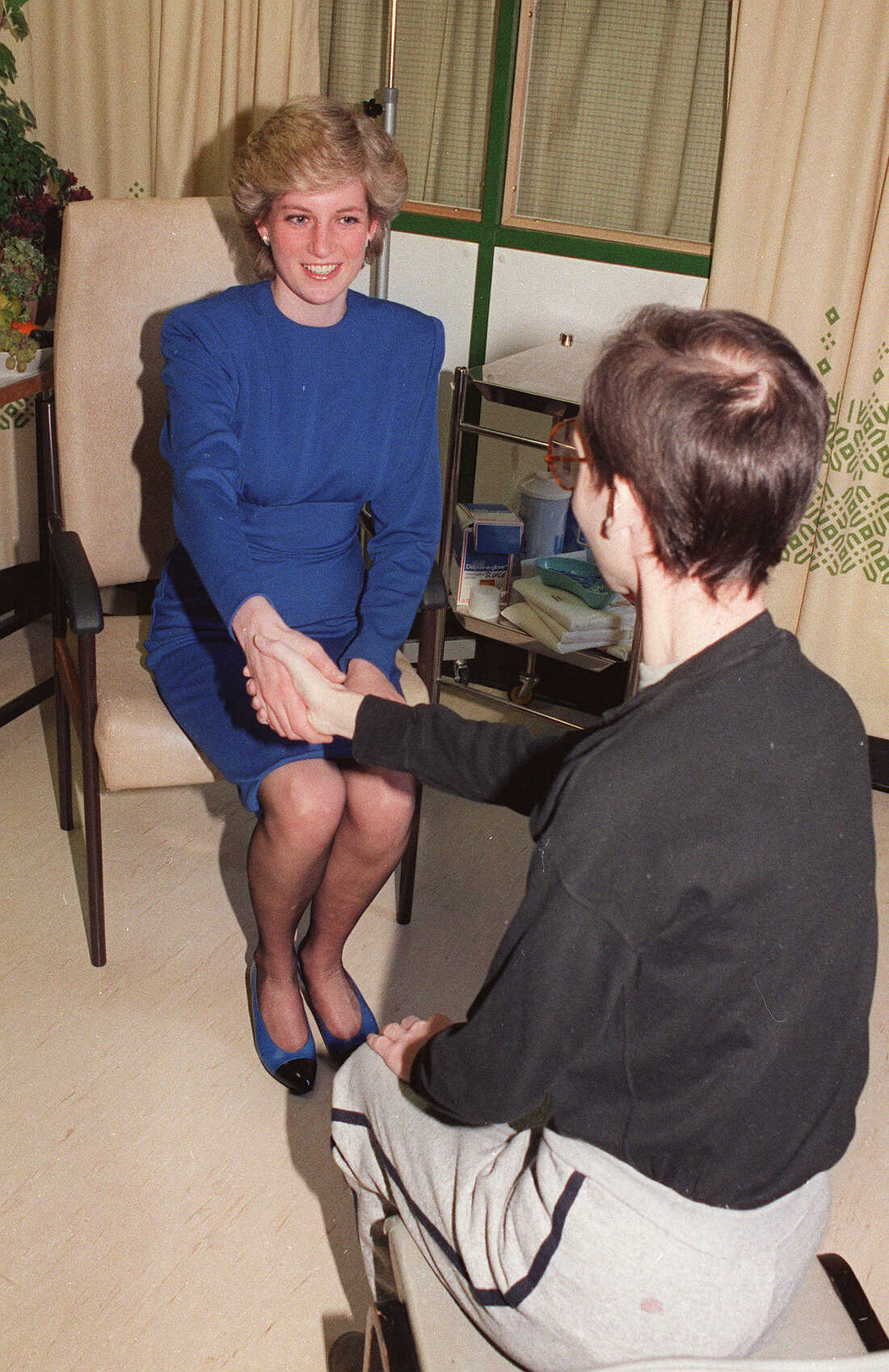This summer marks the 20th anniversary of the death of Princess Diana, a figure whose life and legacy continue to resonate globally. On August 31, 1997, at 12:25 am, a Mercedes carrying Princess Diana, her companion Dodi Fayed, their driver Henri Paul, and bodyguard Trevor Rees-Jones crashed into a concrete pillar in the Pont de l'Alma tunnel in Paris. The tragic incident left the world in shock, as one of its most beloved figures succumbed to her injuries shortly thereafter.
The Fatal Accident: A Closer Look
Princess Diana tragically passed away at the age of 36 due to a ruptured pulmonary vein and massive intrathoracic injuries sustained during the crash. Despite the severity of the accident, Richard Shepherd, Britain's top forensic pathologist, revealed in 2019 that her death resulted from a small but critical injury—a tiny, yet poorly placed tear in her pulmonary vein. This revelation underscores the fragility of life and the randomness of fate.
HBO’s new documentary, The Princess, delves into Diana's life and legacy, using archival footage to paint a vivid picture of her final years. The film examines not only her public persona but also the private struggles she faced, shedding light on what truly led to that fateful night in the Paris tunnel. It confirms that the Mercedes had collided with another vehicle moments before entering the tunnel, causing it to swerve violently and ultimately hit the pillar.
A Legacy of Compassion
Throughout her life, Princess Diana was renowned for her compassion and dedication to humanitarian causes. Those who knew her intimately recall her unwavering commitment to helping others. One close friend described how Diana approached life with an open heart, always ready to respond to whatever challenges came her way. “She was very concerned for the poor,” they said. “She was anxious to do something for them, and it was beautiful. That is why she was so close to me.”
Her sons, Prince Harry and Prince William, spoke to their mother just hours before the crash. Though brief, this final conversation remains etched in their memories. As the world revisits Diana's tragic death through portrayals like Netflix's The Crown, her enduring impact continues to inspire generations.
How Did Princess Diana Die?
It has been nearly 25 years since Princess Diana died in a high-speed car crash. The French doctor at the scene recalled finding her lying unconscious near the wreckage. She was rushed to Pitié Salpêtrière Hospital, where doctors worked tirelessly to save her life. However, despite their efforts, the princess went into cardiac arrest and passed away at 4:00 a.m. local time (0200 GMT).
Conspiracy theories surrounding her death persist, fueled by speculation about the circumstances leading up to the crash. While official investigations concluded that reckless driving and pursuit by paparazzi were primary factors, some believe there may be more to the story. Regardless, the tragedy serves as a stark reminder of the dangers posed by intrusive media practices.
Conspiracy Theories: Fact or Fiction?
Princess Diana's death in Paris on August 31, 1997, was officially ruled a tragic accident caused by her driver's excessive speed and intoxication. Nevertheless, conspiracy theories abound, questioning whether the crash was all it seemed. Some suggest foul play, pointing fingers at various entities, including members of the royal family and intelligence agencies. Others blame the relentless pursuit of photographers, arguing that their actions directly contributed to the fatal outcome.
In reality, the jury tasked with investigating the incident determined that Diana's death occurred unlawfully due to grossly negligent driving by both the pursuing paparazzi and the chauffeur himself. These findings highlight the need for responsible behavior from both drivers and journalists alike.
Remembering a Global Icon
Princess Diana remains an iconic figure whose influence extends far beyond her lifetime. Her work advocating for marginalized communities, AIDS awareness, landmine clearance, and countless other charitable initiatives transformed the media landscape and inspired millions worldwide. Even today, her memory lives on through the continued efforts of her sons and the countless individuals she touched during her remarkable journey.
As we reflect on her untimely passing, let us honor her legacy by embracing the values she championed—compassion, empathy, and service to others. In doing so, we ensure that her spirit endures for generations to come.

